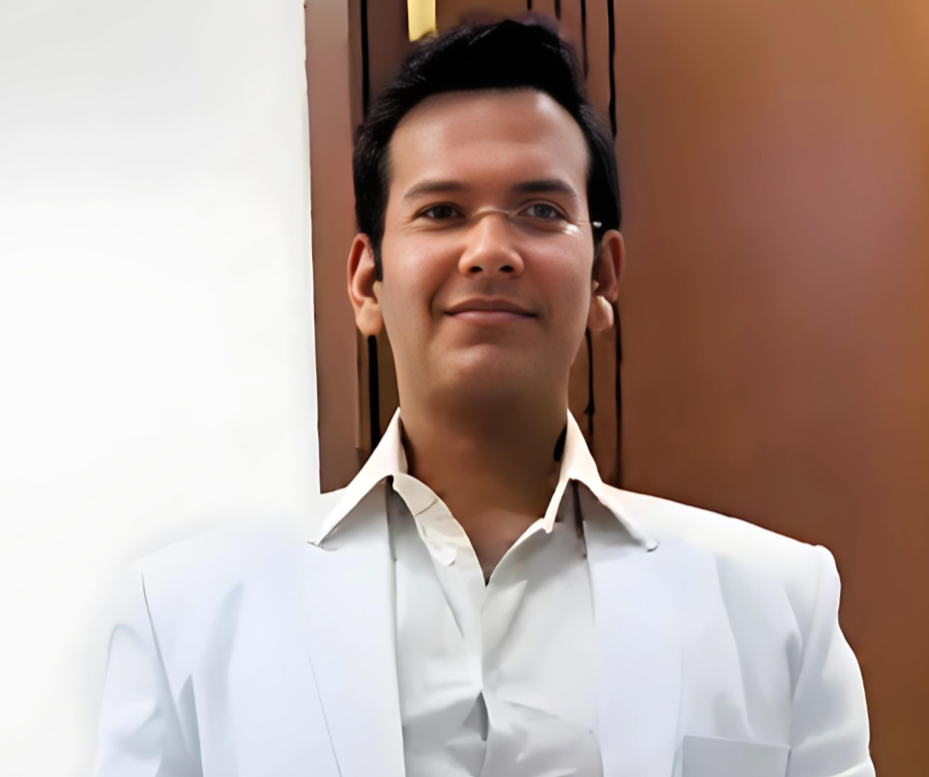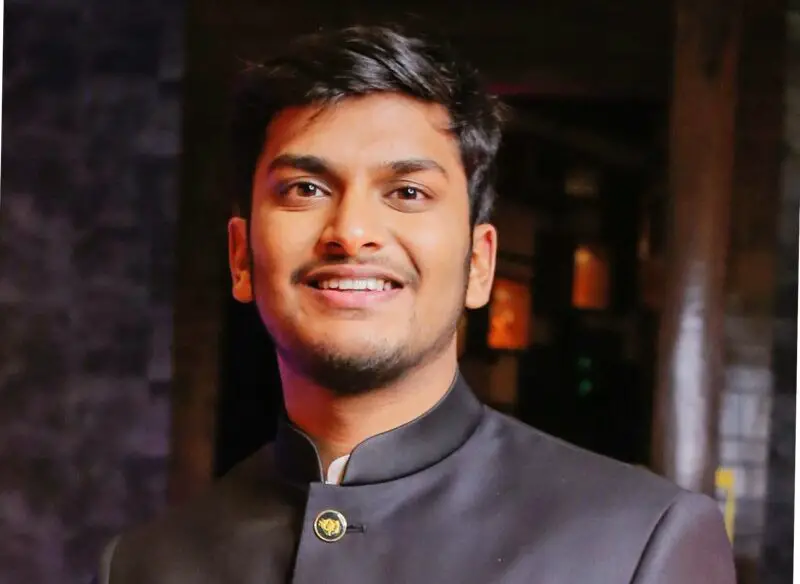
Wearable technology has traversed a fascinating journey since its inception, evolving from rudimentary wrist calculators to the sophisticated and multifaceted devices we see today. In the third quarter of 2023, wearable device shipments globally reached a record high of 148.4 million units, growing by 2.6% compared to the previous year, according to the International Data Corporation Worldwide Quarterly Wearable Device Tracker. This surge not only highlights the growing popularity of wearables but also signals a significant transformation in the industry. This fast-paced evolution is driven by constant innovation, shaping trends that span industries from healthcare to environmental sustainability. Let us look at the latest trends and innovations reshaping wearable technology.

Smartwatch Dominance
Smartwatches have become the go-to choice in recent years, overtaking fitness trackers in popularity. Smartwatches are among the most popular wearables worldwide, as per Statista. They come packed with features, blending essential tracking functions with improved connectivity and phone-related capabilities. With a market share exceeding 60%, smartwatches are becoming increasingly accessible to everyone, thanks to widespread production and regular releases.
Physical Rehabilitation
Wearable technology is not limited to tech enthusiasts; it is making significant strides in healthcare applications. Innovations in wearables are contributing to life-changing rehabilitation methods for stroke survivors and individuals with neurological disorders. Electrostimulation through wearables aids in stimulating muscle memory and improving motor skills, empowering patients in their recovery journey. Additionally, wearables are being utilized for post-operative rehabilitation, allowing physicians to monitor wound healing remotely and track patients’ activity.
Broader Health Monitoring
Early wearables tracked basic movements, but today’s devices incorporate 16 or more sensors to measure a plethora of parameters. Health-focused monitoring is a growing trend and the future promises even more specialized monitoring devices, including wrist-worn devices that measure blood pressure, heart rate, temperature, and more. Hospitals are increasingly using these devices for automatic patient monitoring.
Environmental and Sustainability Focus
An emerging trend in the wearable technology landscape is a heightened focus on environmental sustainability. Wearable tech companies are incorporating eco-friendly materials and sustainable practices into their designs. From recyclable materials to energy-efficient components, the industry is aligning with global efforts towards sustainability. Longevity, durability, and upgradability are emphasized to reduce electronic waste, while self-charging wearables and energy-harvesting technologies contribute to environmental consciousness.
Personal Security
Wearable technology plays a crucial role in the Internet of Things, offering location-based features that enhance personal safety. While concerns about privacy persist, wearables can improve personal security with reliable location tracking during emergencies. Some devices prioritize location-sharing, robust emergency response features, and safety alarms, contributing to crowd management and contact tracing efforts.
Hearables
Hearables, devices worn in the ears, represent a unique sector within wearables. Combining microphones, speakers, and various sensors, hearables focus on high-fidelity audio, hearing impairment assistance, and voice analytics. Analysts predict an increase in brands entering the hearables market, offering diverse functionalities that cater to different user needs.
Personalized and Adaptive User Interfaces
As wearables become ingrained in daily routines, personalized and adaptive user interfaces are gaining prominence. Beyond aesthetic personalization, wearables aim to provide intuitive and customizable interfaces, adapting to individual preferences. Voice commands, gesture controls, and haptic feedback contribute to a user-centric experience, with machine learning algorithms analyzing user behavior to enhance interaction efficiency.
Biosensor Implementation
Biosensors, healthcare-focused devices resembling bandage-like patches, are transforming medical monitoring and disease detection. These discreet devices offer ultimate wearability, measuring biomarkers, hormones, bacteria, and more. Physicians can utilize biosensors for real-time health monitoring and disease progression tracking, providing valuable insights for patient care.
Augmented Reality
While virtual reality has opened doors in various fields, augmented reality (AR) is gaining traction for its real-world integration. Wearable AR devices, such as glasses, allow users to manipulate their worldview by overlaying digital information onto the real world. Applications range from enterprise training to industrial manufacturing, showcasing the potential for AR in wearables.
Electronic Textiles
The emerging market of “smart” clothing incorporates electronic textiles with flexible and durable components. These textiles provide connectivity similar to smartphones and smartwatches, offering valuable information for health and fitness tracking. Electronic textiles have potential applications in monitoring health markers, measuring activity, and even reducing clothing waste in the fashion industry.
Artificial Intelligence and Machine Learning
The integration of artificial intelligence (AI) and machine learning (ML) in wearables is on the rise. AI-powered wearables hold potential in healthcare for improving heart rate monitoring, predicting fertility, assisting disabled patients, and more. With a predicted growth of 28.5% in the next five years, major tech players are investing in AI-powered wearables, expanding the capabilities of these devices.
To Sum it up
The future of wearable technology promises an exciting evolution that will reshape our interactions with the world. The convergence of health monitoring, augmented reality, sustainability, and personal security paints a vivid picture of the direction wearables is heading. As these trends continue to evolve, we can anticipate a future where wearable technology seamlessly integrates into our lives, making them smarter, healthier, and more connected than ever before.
This article has been contributed by Udit Agarwal, the CEO of Boston Levin, is a dynamic entrepreneur who has spearheaded the rapid growth of the company in the consumer electronics industry in India. With a background in Economics from the prestigious Hansraj College, Udit embarked on his entrepreneurial journey, venturing into the telecommunications industry.






















